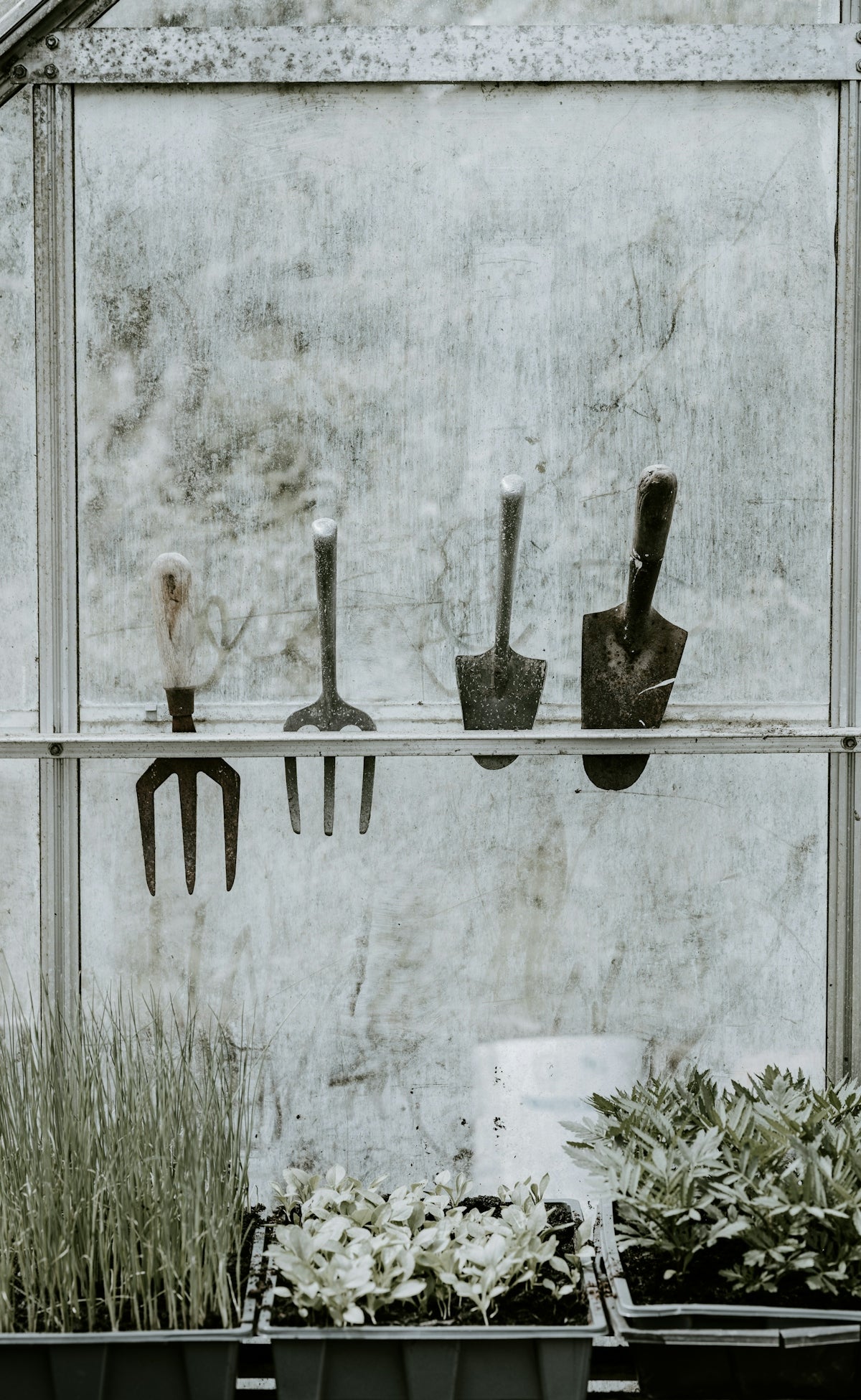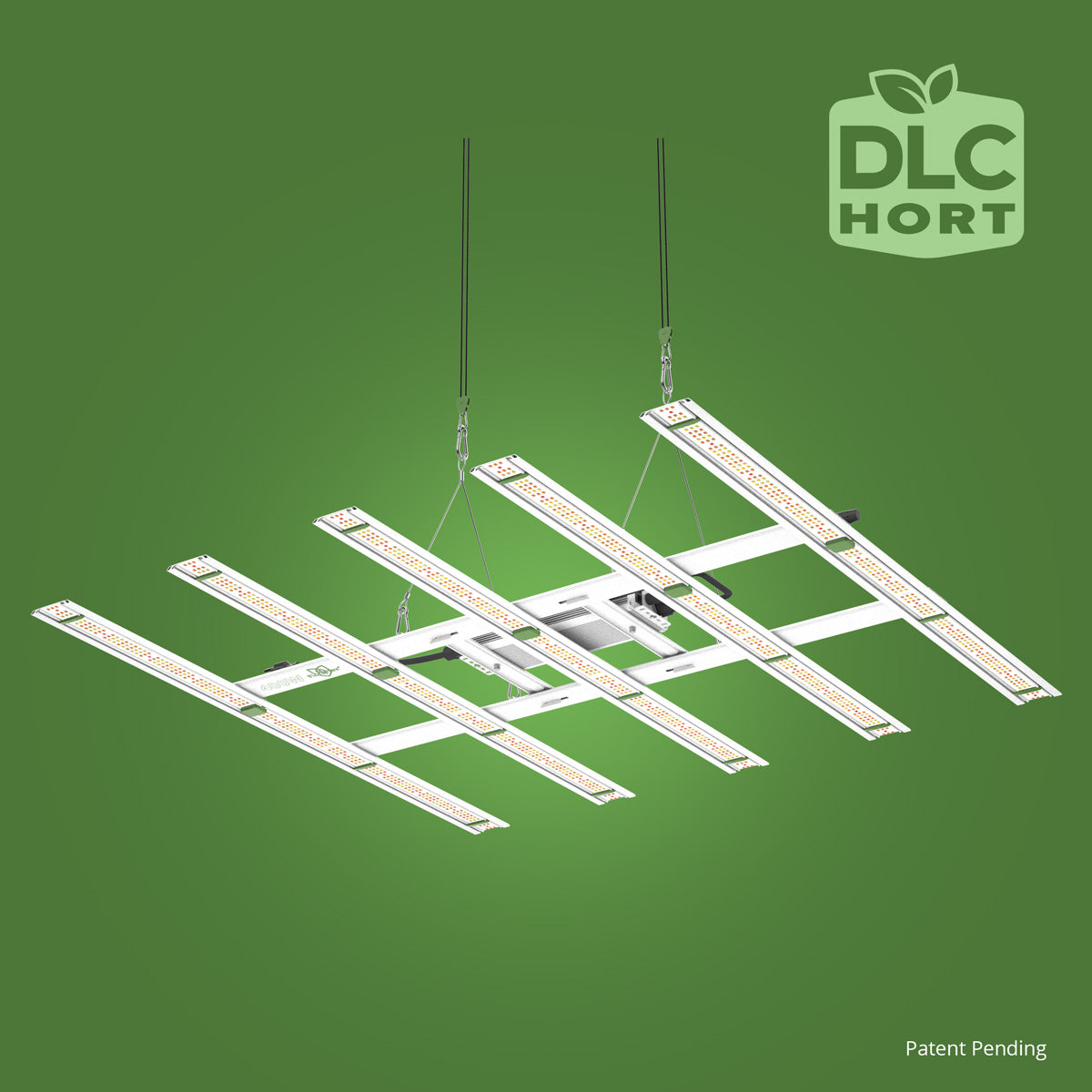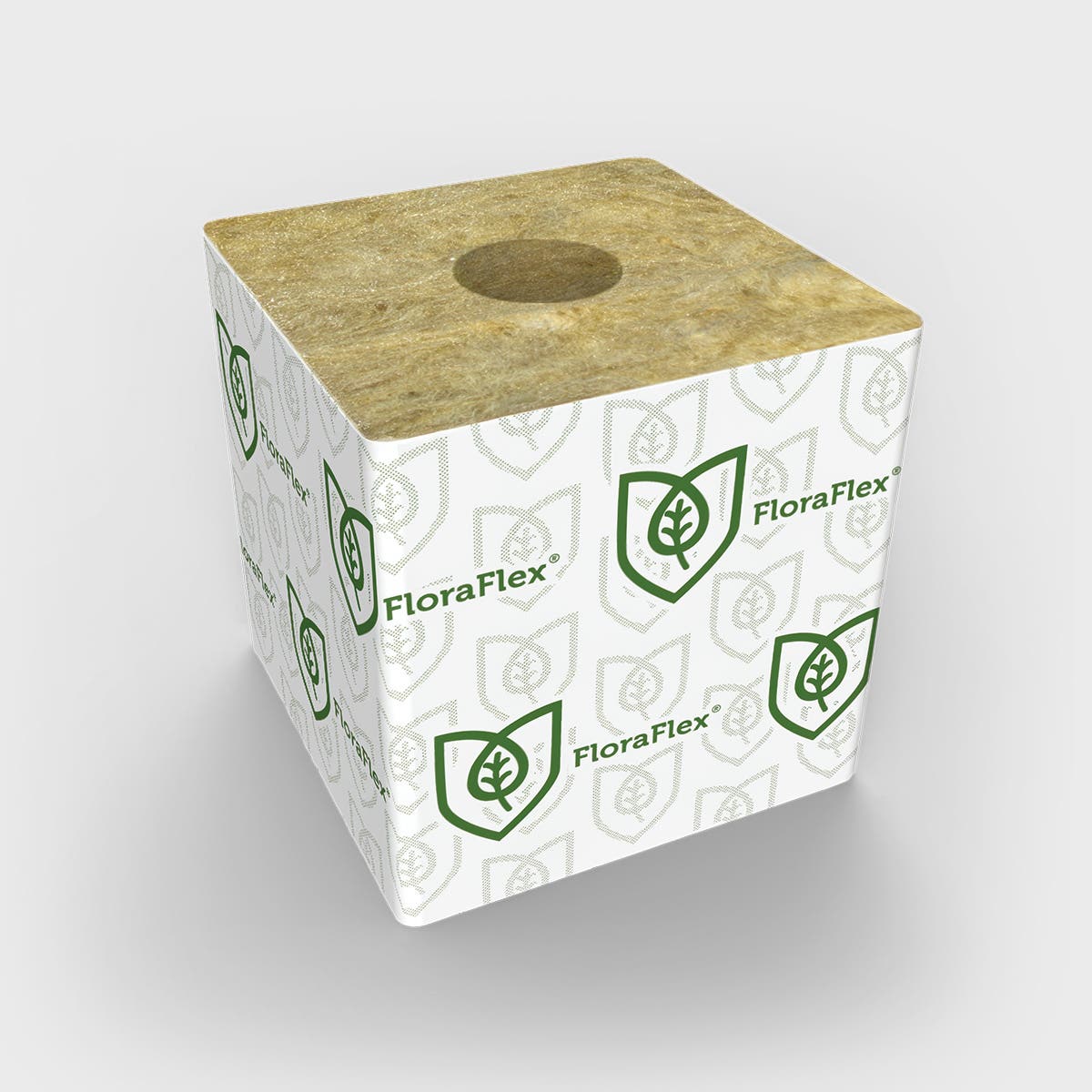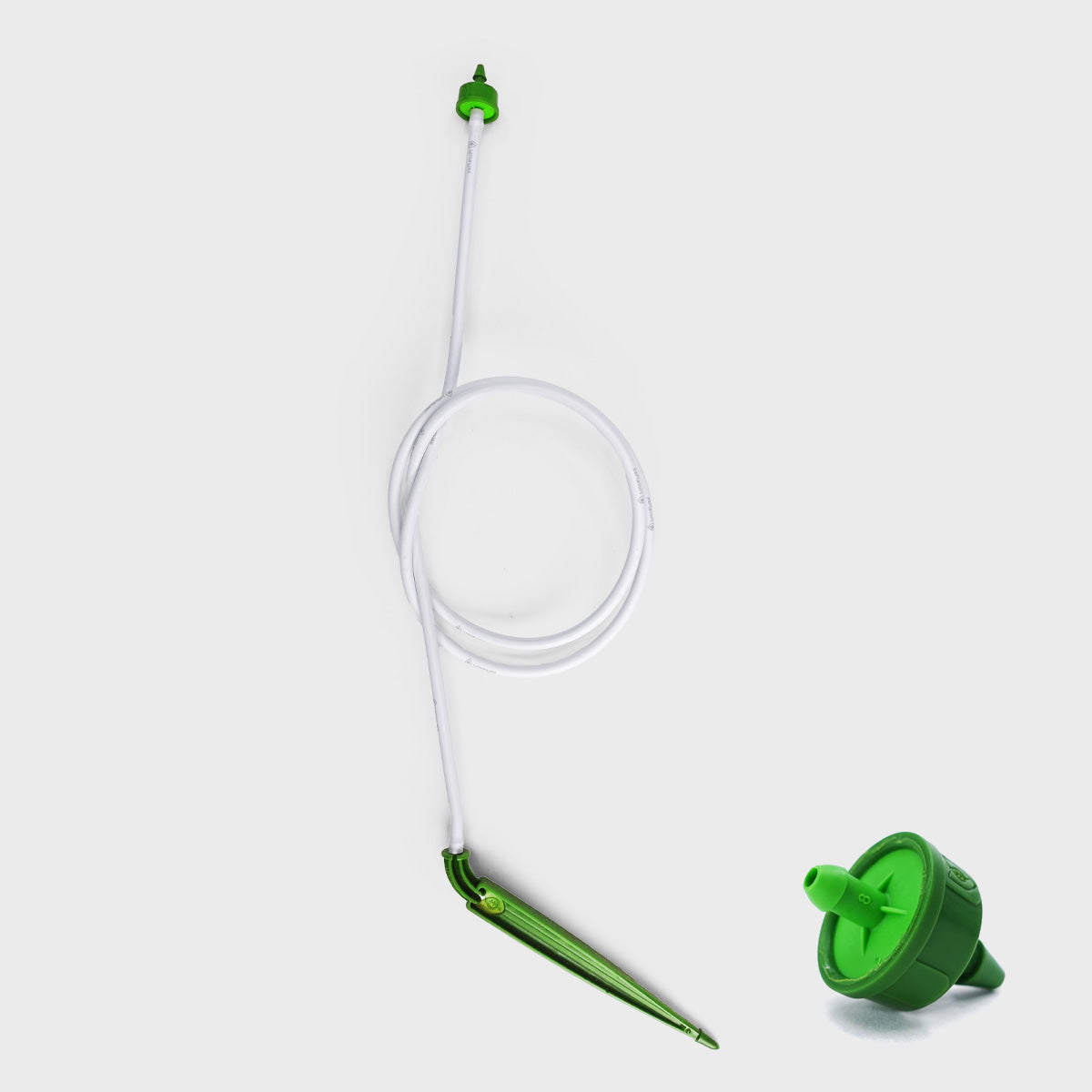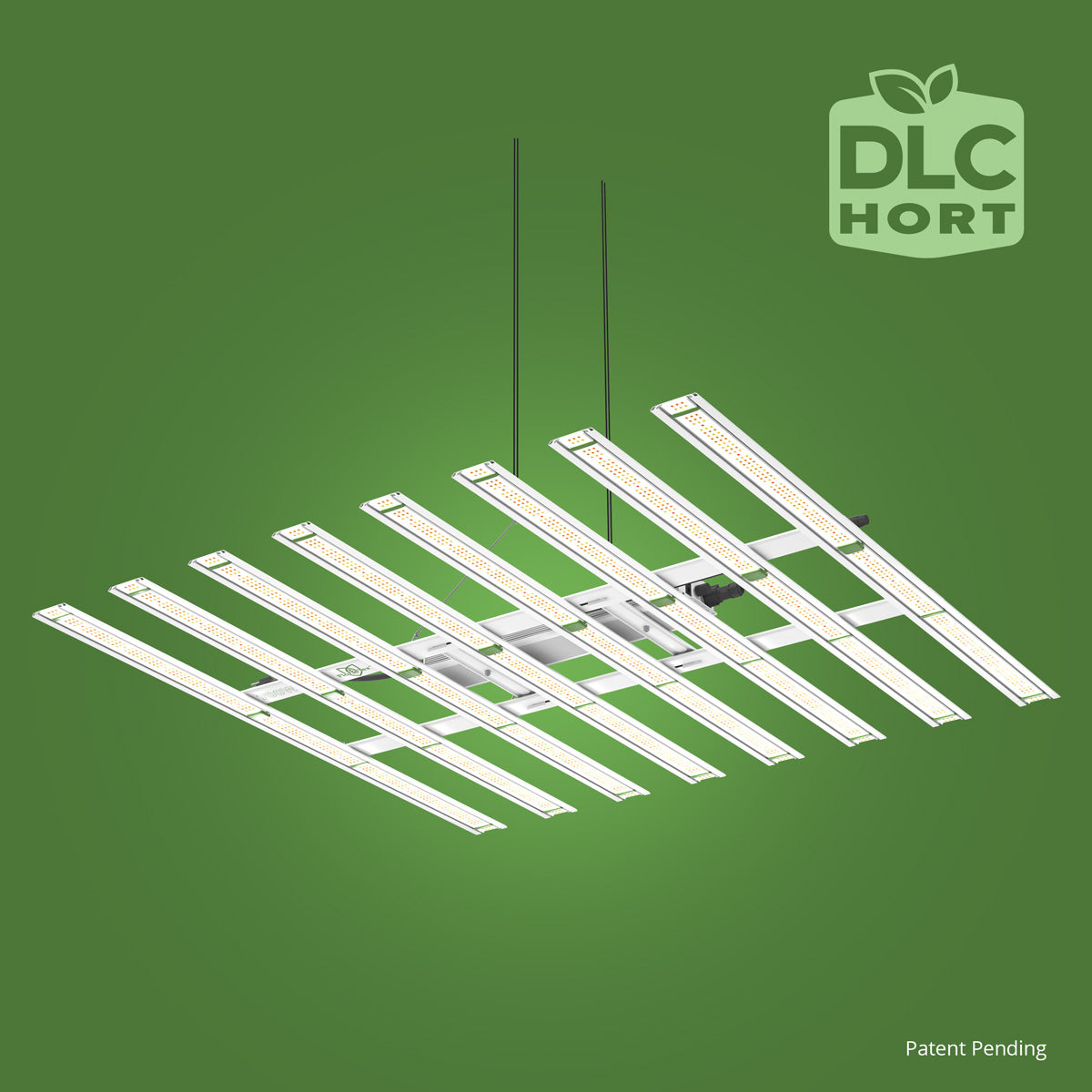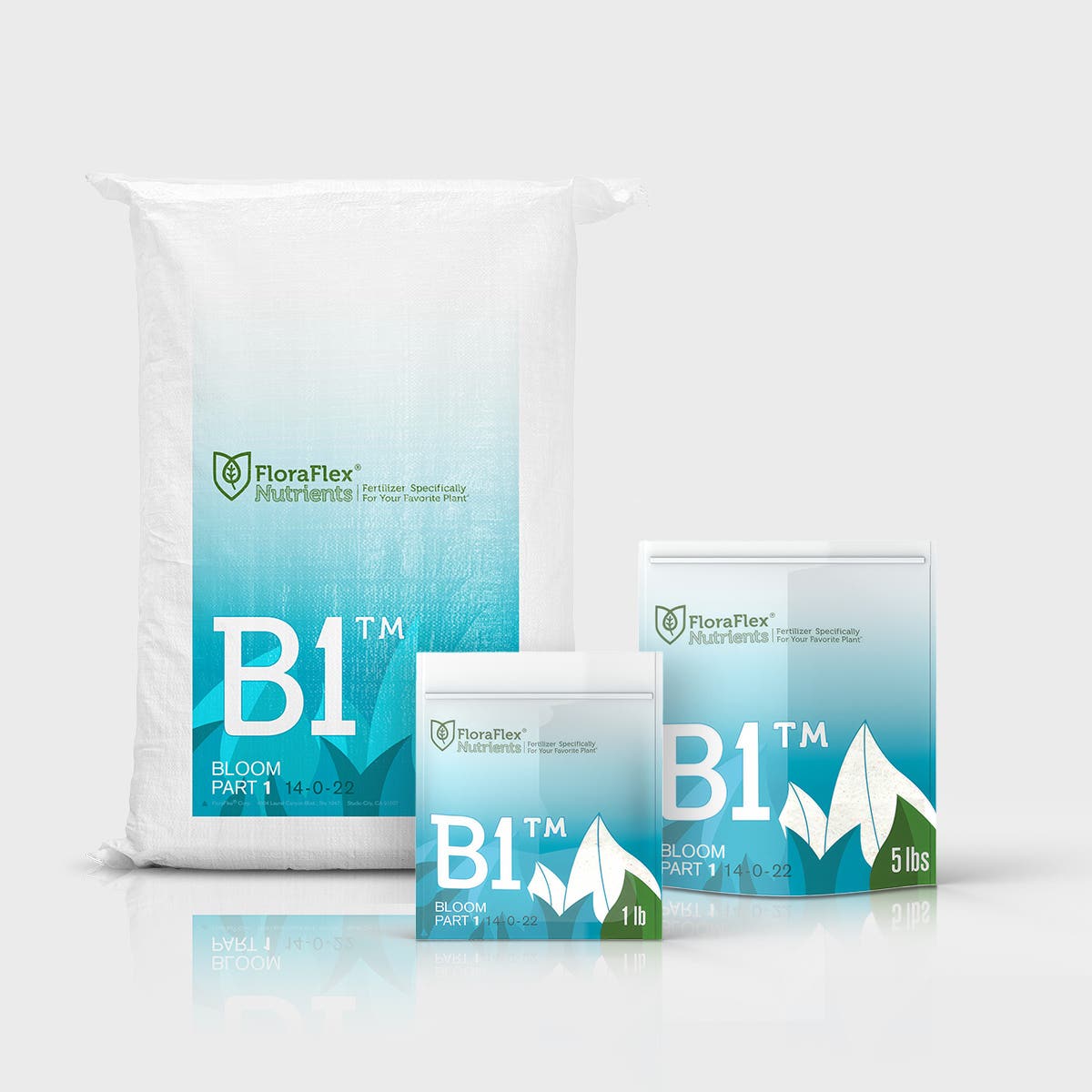Gardening is a fulfilling and rewarding hobby that can enhance your culinary experiences with fresh, home-grown vegetables. Creating a raised bed vegetable garden is one of the most efficient ways to grow your own produce, even in limited spaces. In this guide, we will walk you through the steps to build your own raised bed garden, ensuring a bountiful harvest right in your backyard.
Why Choose a Raised Bed Garden?
Raised bed gardens offer numerous benefits, making them a popular choice for both beginner and experienced gardeners. They provide improved soil drainage, reduce weeds, and minimize soil compaction. The elevation also makes it easier to manage and harvest your crops without excessive bending or kneeling.
Materials You’ll Need
Before you start building your raised bed, gather the following materials:
- Untreated wood, bricks, or concrete blocks for the frame
- Quality soil and compost mixture
- A trowel or spade
- Seeds or seedlings of your favorite vegetables
Steps to Build Your DIY Raised Bed Garden
Step 1: Choose the Location
Select a flat, sunny spot in your garden or yard. Most vegetables thrive with at least 6-8 hours of sunlight daily. Ensure the area is accessible for watering and maintenance.
Step 2: Build the Frame
Using your chosen materials, construct the frame of your raised bed. A common size is 4 feet by 4 feet, but you can adjust this according to your space availability. Ensure the bed is at least 12 inches deep to accommodate root growth.
Step 3: Prepare the Soil
Fill your raised bed with a mixture of topsoil and compost. This will provide your plants with the nutrients they need to grow and thrive. Consider adding a slow-release organic fertilizer for added nourishment.
Step 4: Plant Your Vegetables
Follow the instructions on your seed packets or plant labels for proper planting depth and spacing. Take into consideration the adult size of your plants to avoid overcrowding.
Step 5: Water and Maintain
Water your plants consistently, especially during dry spells. A 1.5L Pump Sprayer can be an efficient tool for applying water directly to the base of your plants, minimizing water waste and encouraging deep root growth.
Regularly check for weeds, pests, and diseases. Early intervention can save your entire crop.
Conclusion
With some initial effort and care, your raised bed vegetable garden will soon become a source of fresh produce and pride. Happy gardening!
For more gardening tools and supplies, visit FloraFlex.

